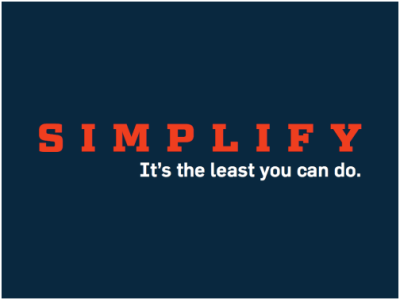 Some of my readers know that I studied cooking formally—it was something I’d always wanted to do, and I arrived at a spot in life where I could pursue a culinary degree and apprenticed in the kitchen of one of the top French chefs in America (who was a disciple of Paul Bocuse, but that is a story for another day.) I remember my early days as a trainee chef; I cooked dinner parties for friends often and I had a box that I carried with me that had about forty five different herbs and spices. I also had a set of maybe 15 knives that I took with me—a knife for every possible purpose. Today, fifteen years or so later, how has my cooking changed?
Some of my readers know that I studied cooking formally—it was something I’d always wanted to do, and I arrived at a spot in life where I could pursue a culinary degree and apprenticed in the kitchen of one of the top French chefs in America (who was a disciple of Paul Bocuse, but that is a story for another day.) I remember my early days as a trainee chef; I cooked dinner parties for friends often and I had a box that I carried with me that had about forty five different herbs and spices. I also had a set of maybe 15 knives that I took with me—a knife for every possible purpose. Today, fifteen years or so later, how has my cooking changed?
First of all, it’s better. I would put many of the things I make up against similar dishes made by any restaurant kitchen anywhere, and keep in mind I live in a city with restaurants like Craft, Per Se, and Le Bernardin. More to the point, I have simplified, simplified, simplified everything to bare essentials. Rather than forty five different herbs and spices, now it’s usually salt and pepper, parsley, garlic and fresh thyme. I almost always have one of two knives in my hand, and I might pick up the paring knife for small jobs. My long study of Japanese cuisine means that when I cook something, I try to express the essence of the thing. For instance, for steak, hot cast iron, salt, pepper and a little butter when it’s finished will do the trick. Less can be so much more.
It has been the same with my trading. In nearly twenty years of trading, I’ve been around the block a few times in a few different ways. I have used multiple indicators with hundreds of lines of code each. I’ve had complicated systems with rules that fill two pages for bar counts, indicator crossings, and action in related markets. I’ve traded every possible timeframe from scalping to building baskets and portfolios for monthly/quarterly timeframes and beyond. I’ve built multifactor econometric models to forecast rates and asset class returns, looked at cross correlations between higher moments of return distributions, and screened for trades across a universe of thousands of assets. Much of this journey was a legitimate part of my learning, but I have realized something over the past year and a half as I’ve finished my book, The Art & Science of Technical Analysis—I have truly become a minimalist.
Gone are all the complicated indicators and rules, and, in their place, is a simple system with rules I can explain in five minutes, and two indicators that are non-essential and only used in a supporting role. I do not look at a huge number of supporting (complicating) factors and I try to limit my inputs to only those that I know are significant. The end result is that I can make a trade decision in a matter of minutes, and trade and risk management rules are clearly defined. What’s more, I find I can trade this system with absolutely no emotional involvement, so total, objective control is easy to achieve. The more I have simplified and removed stuff, the better my results have become.
You probably don’t need 75% of the things you look at or use in your trading. Your results might even be a lot better if you just focused on the things you really do need. “Hack away at the unessential”, as Bruce Lee said. What is unessential in your trading? What can you simply?
returning to the uncarved block
This sounds like you are in trader’s heaven.
Cheers,
Markus
Why sell a book?
Any real backtest proving you’re right ??
Pingback: Reader Question: Any Backtests? | Adam Grimes